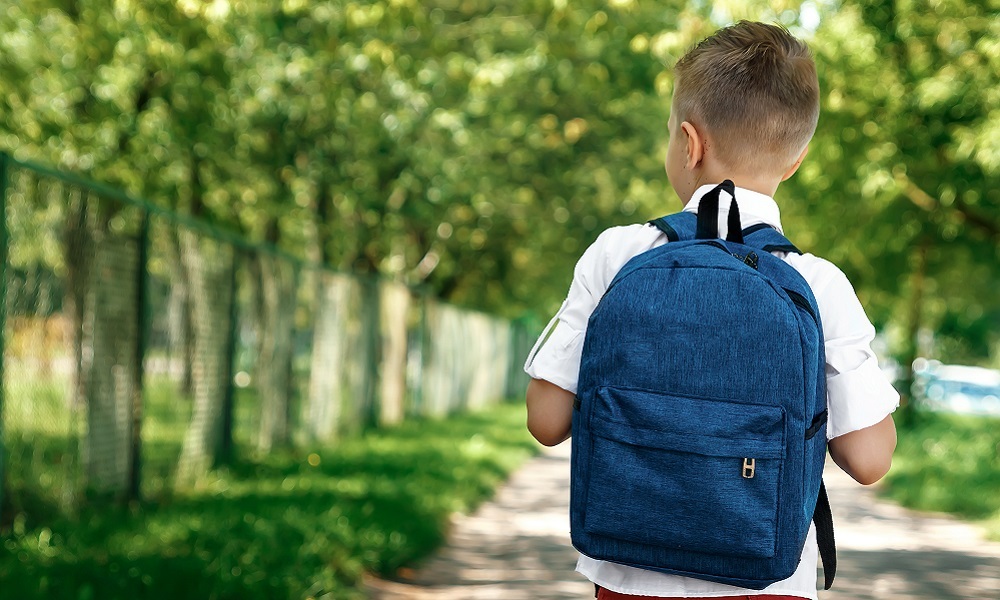Schools are fortunate to have a captive audience for the duration of the school day. During this time, they have the opportunity to engage students and incrementally develop their skills and capacities as part of an effective developmental approach to the learning process.
With the ongoing evolution of pedagogy, self-directed learning and a curriculum that consistently strives to adapt to the changing needs of each generation, there is a high importance being placed on a balanced, holistic and well-rounded education (MacDonald & Hursh, 2006; Wyn, 2007).
Christ Church Grammar School (CCGS) is based in the western suburbs of Perth, Western Australia and caters for boys from three years of age to Year 12. In 2015, we established The Wynne Centre for Boys’ Health and Wellbeing to ensure the school was consistently striving to be at the forefront of boy’s education and offering a well-rounded educational experience.
The centre has a physical space located strategically in a high traffic area of the school. We regard it as a beacon for student, staff and community education and a central point for proactive and preventative approaches to health and wellbeing.
While the school is incredibly proud of the work it does across all aspects, we only need to look at the current challenges facing our teens (including climbing rates of mental illness in the wider community), to know that we must continue to be proactive and preventative in our approach to wellbeing. The Wynne Centre embraces Pre-Kindergarten to Year 12 and is focused on influencing and inspiring a new generation of boys to make informed decisions regarding holistic good health and wellbeing.
Our wellbeing journey
In the early stages of our wellbeing journey, it was important to establish and prioritise what The Wynne Centre was working towards. After careful consideration and deep exploration into the evolving field of wellbeing science, as a school, we now define wellbeing as the combination of feeling good and functioning well (Huppert & So, 2013), while striving to make a positive difference to the world around us.
Our health and wellbeing strategy complements our existing pastoral care model and is focused on teaching proactive and preventative holistic health strategies. Programs being implemented across the school include:
- A Health and Wellbeing (HWB) Curriculum that involves an age and stage approach. CCGS aims to develop the ‘whole’ boy. In addition to academic achievement, the school promotes wellbeing and inspires boys to make informed decisions regarding their mental, emotional and spiritual health. This course is designed to provide a broad range of health and wellbeing topics and is integrated to not only examine health issues in contemporary society, but importantly, also examine the many positive health choices one can make through life’s journey. We aim to develop students who can make positive health decisions for themselves, as part of a peer group and in their own families into the future. We also strive to develop young men who have the concept of life-long learning as part of their overall wellbeing.
- Our pastoral care program has a vertical tutor system in the senior school and encourages a culture of boys mentoring boys. The school’s pastoral care program is proactive and based on the principles that engender a sense of belonging and encourages collaborative effort. It is viewed as a partnership between home and school and works on the premise that everyone
has a part to play in the pastoral care of each boy. When a student enters the senior school, he is allocated to one of eight houses and will remain in this house until he graduates. This ‘vertical’ house system is made up of tutorial groups comprising of students from Years 7 to 12. This mix provides role models and mentors, and a real sense of belonging. In their house and tutorial group, each boy learns about the value of supportive relationships, teamwork and leadership.
- The Making of Men (for all Year 9s) is a year-long program that brings the boys together at a time when they are experiencing significant adolescent development. Over the course of the year, the program aligns the concepts and narratives explored in the school’s HWB curriculum, Outdoor Education program at Kooringal (near Dwellingup, WA) and the three-week, live-in experience using a rite of passage framework.
Other initiatives include Student Wellbeing committees and forums that encourage student empowerment, wellbeing leadership and building student agency. We have wellbeing initiatives driven by our students and pastoral care team, as a way of promoting consistent behaviours and that we are walking this path together. We also have community presentations, and a mindfulness program for students in the senior school HWB program.
Collaborating with others
Collaboration is a key enabler of the program, ensuring the delivery of a consistent approach for students, parents and the wider community. We ensure that evidence-based information is consistently being used to support our wider community and communicate this via social media platforms, our Building Good Men website and by providing access to resources such as School TV.
We also developed our approach by exploring evidence-based reliable and validated scales suited to our population, context and needs. Since 2015, we have been fortunate to collaborate with Echo Research – an organisation that helps schools to provide comprehensive and systematic pastoral care for student wellbeing, led by Dr Leanne Lester. As a result, we have administrated an annual online survey to obtain information regarding our boys’ health and wellbeing resilience, academic care, and social capital.
This longitudinal data supports our ongoing analytics and informs our pedagogical practices. We have used it to consistently improve the holistic educational experience at the school, support our academic program, pastoral care delivery, enhance the HWB curriculum and support CCGS students, staff and community. An annual review of the scales used enables us to measure against specific program outcomes and school initiatives as we strive to get a bigger and more in-depth analysis of our student population.
What is most pleasing is, while some measures were strong at baseline, most of the boys have reported many characteristics of a positive wellbeing, with positive mental wellbeing increasing and negative mental wellbeing decreasing.
While the school opts to embrace a ‘strength lens’ by acknowledging the policies and practices that are being implemented to develop and enhance these important protective factors among our students, we are under no illusions as to the important work we have in front of us as we constantly adapt to an ever-changing world.
There is no doubt, as we navigate a world full of various complexities and challenges, that the health and wellbeing of students has ever been as important.
References
Huppert, F. A., & So, T. T. (2013). Flourishing across Europe: Application of a new conceptual framework for defining well-being. Social indicators research, 110(3), 837-861.
MacDonald, G., & Hursh, D. (2006). Twenty-first century schools: Knowledge, networks and economies. Sense Publishers.
Wyn, J. (2007). Learning to ‘become somebody well’: Challenges for educational policy. The Australian Educational Researcher, 34(3), 35-52.
Do you have a whole school approach to managing and supporting student wellbeing? If so, how often do you revisit this approach to assess its effectiveness and relevance?
How often do you put students in positions of responsibility? How do you and your colleagues help them build leadership skills and experience?



